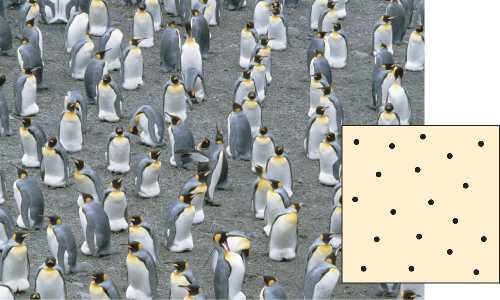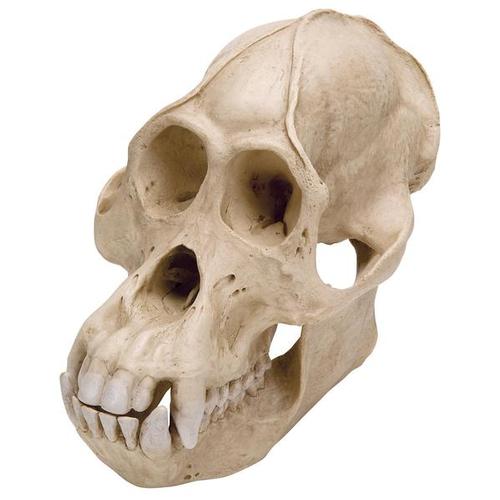Dispersion is the pattern of spacing among the individuals within the population. Basically there are three patterns.
- Clumped dispersion
- Uniform(regular) dispersion
- Random dispersion
Clumped
· Commonest pattern that can observed in populations.
· Individuals are bunched into groups within the population.
· This is mainly results from the response to the unevenly distributed resources in their environment.
· Also there are positive interactions between the individuals.
· This supplies many advantages to the population such as protection from predators, reproduce and increase the population size and decrease the energetic cost of moving to do work.

Uniform
· Individuals are uniformly spaced within the population.
· Mainly results from the competition for resources.
· Therefore there are aggressive interactions between the neighbours.

Random
· Individuals are randomly spaced within the community.
· Not that much common in nature.
· This occurs as there are no strong interactions between the individuals.
· They show neutral interactions.
































